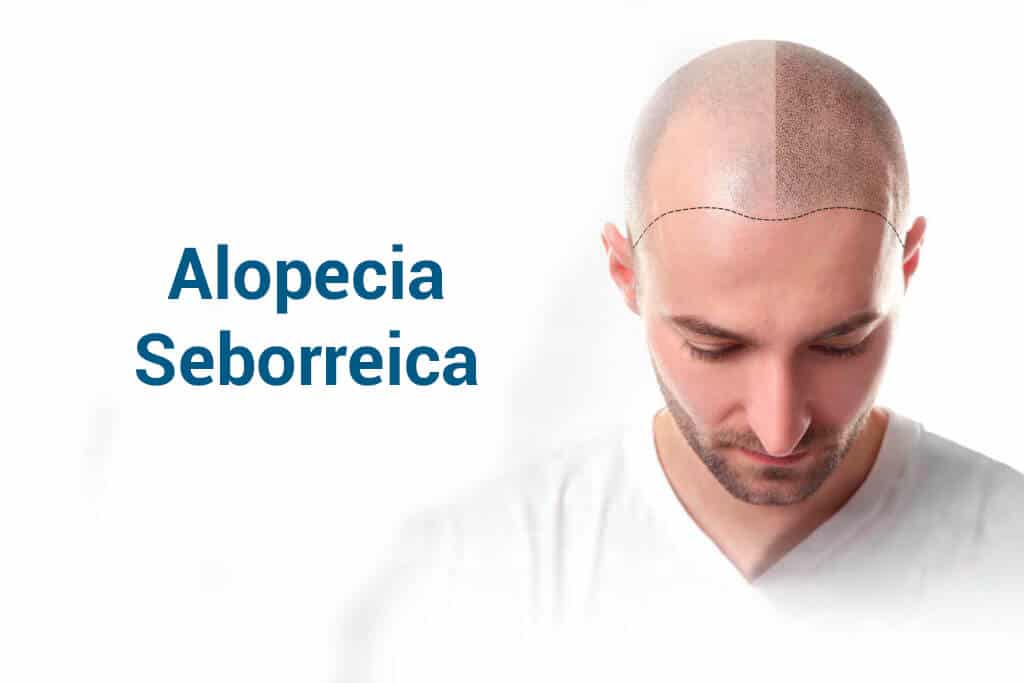SEBORRHOEIC ALOPECIA
One of the many ways in which hair loss can occur is seborrhoeic alopecia which, as you can guess from its name, is related to the oiliness of the skin on the scalp.
What is seborrhoeic alopecia?
Seborrhoeic alopecia is a symptom of a skin disease, seborrhoeic dermatitis. It is, therefore, hair loss caused by suffering from this problem. It is common, chronic and non-contagious.
It is most commonly seen in men, and it is also not uncommon for newborn children to suffer from it, forming the well-known cradle cap.
Do you want to get your hair back? We have the perfect solution for you!
Symptoms of seborrheic alopecia
The clear symptom of this type of baldness is the loss of hair just in the areas that are affected by the excess sebum in the skin, which would be the pales and wounds.
There will also be redness and itching of the scalp, a noticeable increase in oiliness at the root of the hair and flaking.
Causes of seborrhoeic alopecia
We have already seen that this skin disease is a consequence of being affected by seborrhoeic dermatitis (seborrhoea). Baldness, in this case, is caused by flaking of the skin, which can lead to crusting if we scratch or if our hygiene is inadequate, as well as the appearance of papules, small eruptions in which hair is lost.
In turn, seborrhoea is theoretically caused by an allergic reaction to a fungus combined with a weak immune system and other temporary or chronic factors such as hormonal changes, nutrient deficiency, exposure to cold/heat, use of cosmetics containing alcohol...
Treatment of seborrhoeic alopecia; can it be cured?
The treatment of this type of baldness inevitably involves curing the dermatitis, otherwise nothing can be done. This will require a specialised medical diagnosis and the corresponding prescriptions for inhibitor drugs as well as other anti-inflammatory and antifungal drugs.
In the meantime, in order to prevent this problem (which often recurs), certain guidelines should be followed:
- Use fine bristle brushes.
- Do not touch your hair.
- Also, do not scratch or pick off scales or scabs.
- Do not apply aggressive treatments to the hair or scalp (dyeing, bleaching, perming, blow-drying, etc.).
- Wash your hair as often as the specialist deems necessary, even if you don't find it too dirty.
- Reduce consumption of foods rich in sugars and fats.
- Diversify our diet, taking in all kinds of nutrients and choosing the highest quality ones.
- Stimulates circulation in the area by massaging gently.
- Use shampoos and other hair care and hygiene products that include coal tar, zinc or selenium sulphide.
- Reduce sun exposure to the scalp in the central hours of the day during the warmer months.
- You can use all kinds of treatments to stop hair loss, but remember that as long as you do not solve the problem that causes baldness, it will not disappear.
